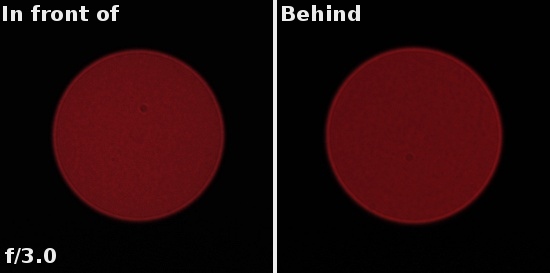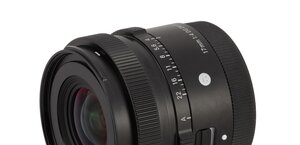Sigma 180 mm f/2.8 APO Macro EX DG OS HSM
5. Chromatic and spherical aberration
Chromatic aberration
When it comes to the longitudinal chromatic aberration it would be difficult to notice it even at the maximum relative aperture. Those FLD low dispersion elements, so praised by the producer, seem to be working properly.
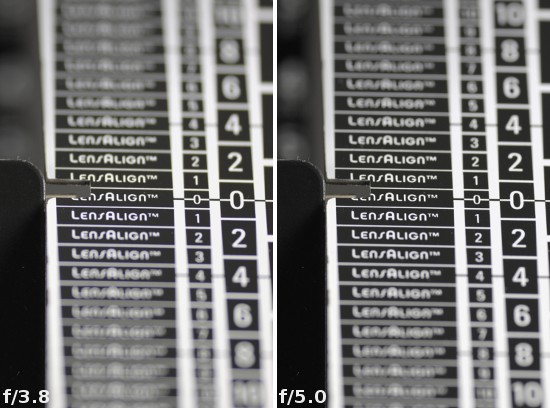 |
Please Support UsIf you enjoy our reviews and articles, and you want us to continue our work please, support our website by donating through PayPal. The funds are going to be used for paying our editorial team, renting servers, and equipping our testing studio; only that way we will be able to continue providing you interesting content for free. |
- - - - - - - - - - - - - - - - - - - - - - - - - - - - - - - - - - - - - - - - - - - - - - - -
The situation is similar with lateral chromatic aberration. It is true that it increases with the stopping down, which is not a good news in the case of a macro lens because after all you very often stop it down significantly, but even at its maximum level it doesn’t reach the medium values. It will hardly bother you in real life photos. In most of cases you won’t notice its influence at all.
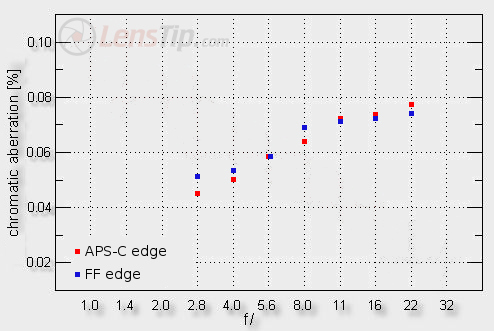
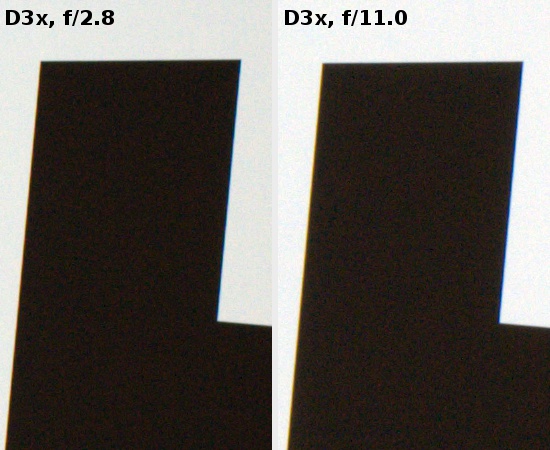 |
Spherical aberration
Spherical aberration can be described in equally positive terms. Firstly there is no focus shift, secondly defocused images of a diode are nice to look at. The light in the circles is more or less evenly spread and images you get in front of and behind the focus are very similar to each other.
